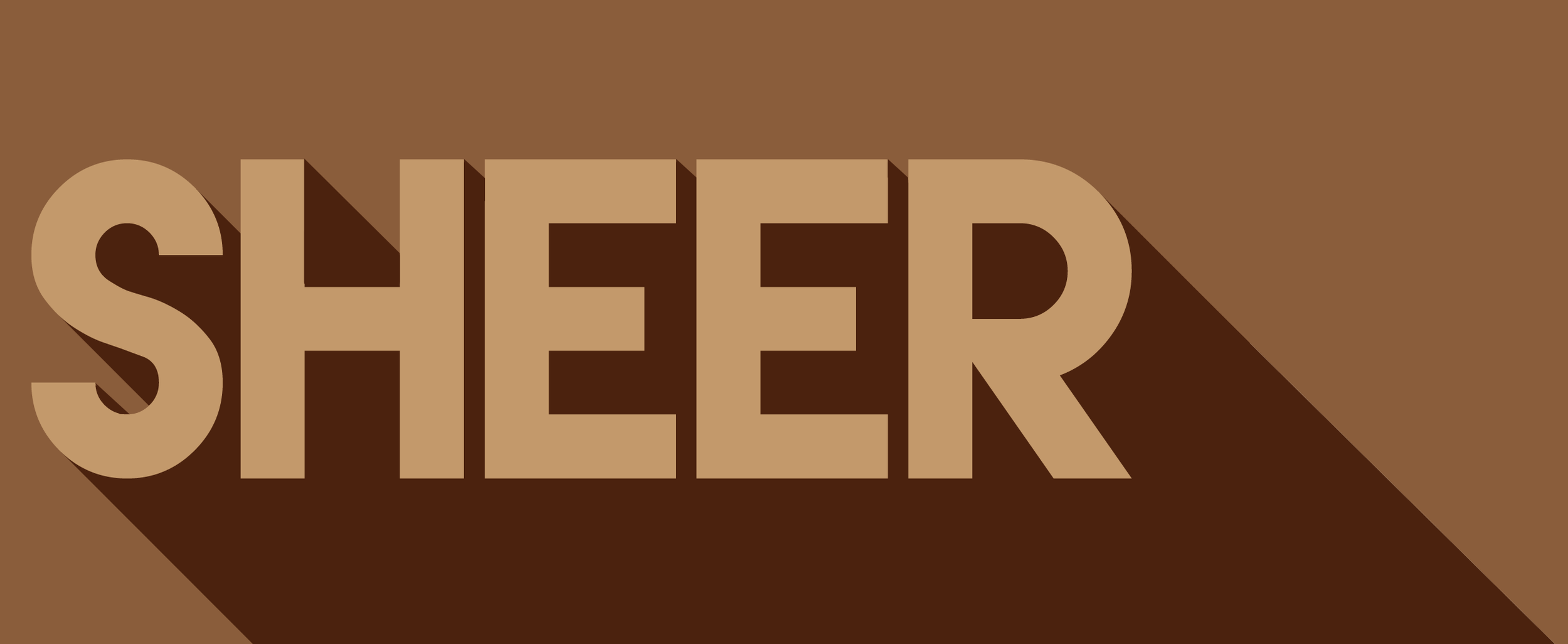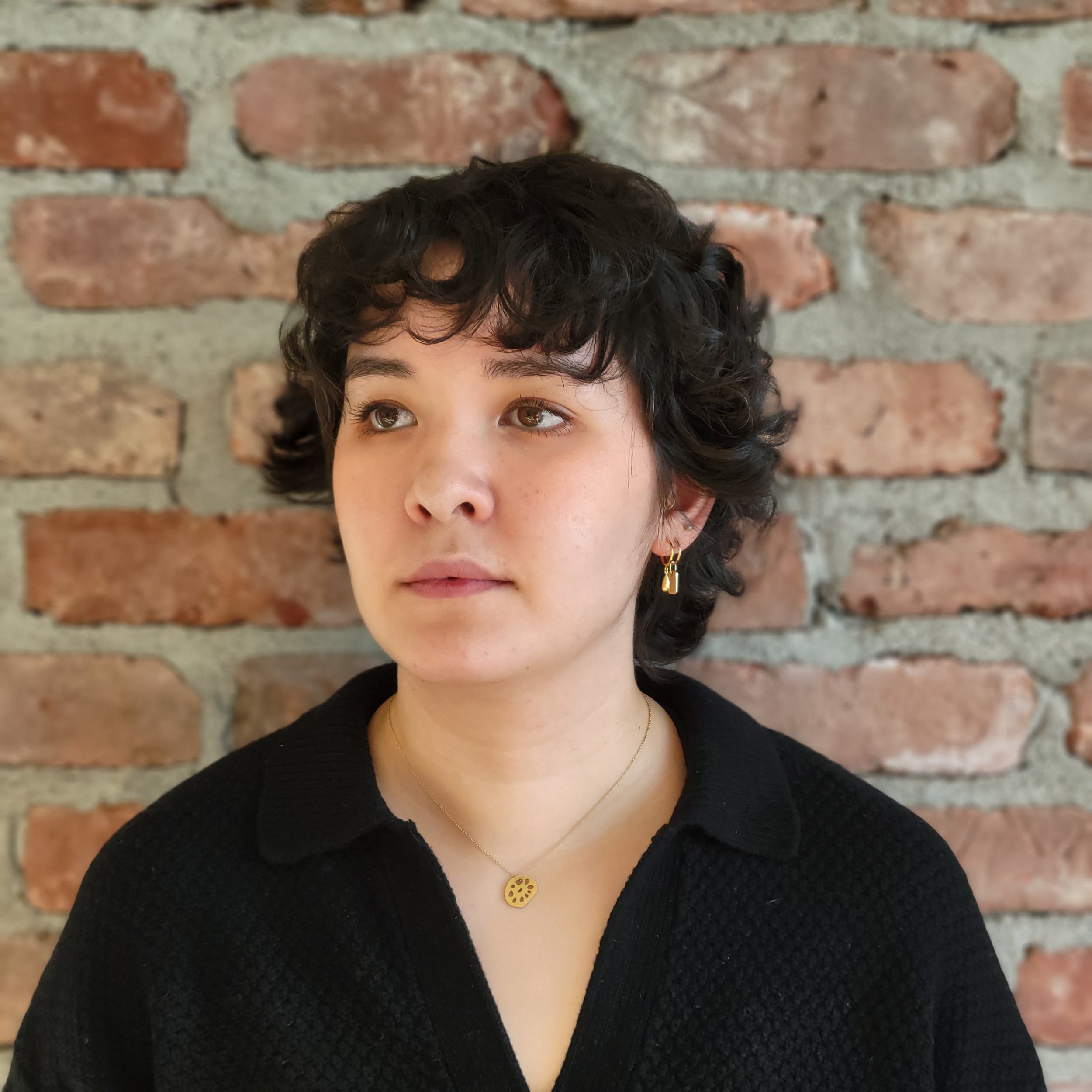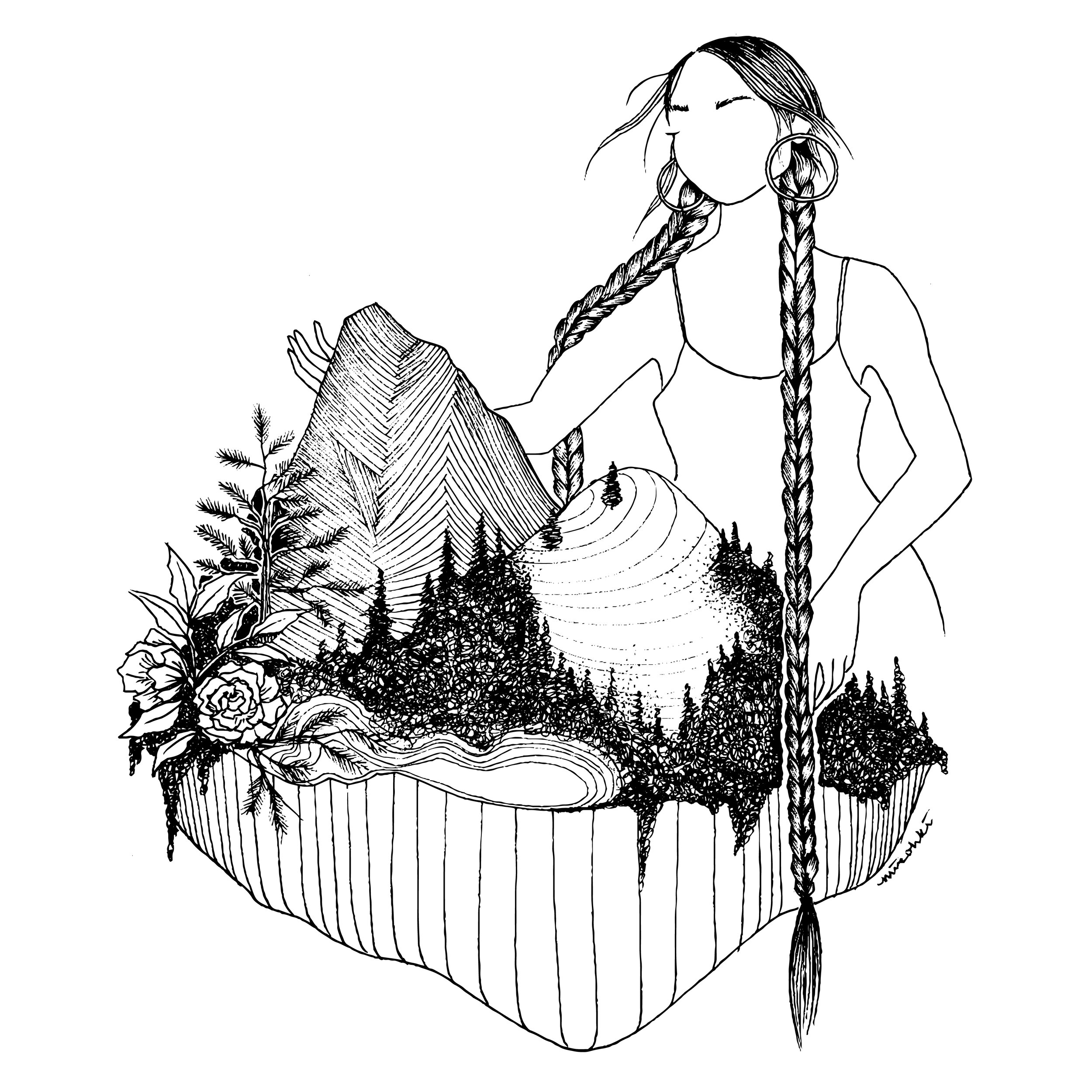ARTISTS TO KNOW: MIA OHKI
MIA OHKI
Mia Ohki is a Métis-Japanese-Canadian artist known for her iconic emotive linework illustrations. Mia’s work covers a range of themes from how we can better take care of our planet to fusing traditional motifs and cultural elements from her diverse background. By grounding her art in honesty and vulnerability, Mia inspires us to create on our own terms and from a place of unfiltered expression.
SHEER: Tell us a little bit about yourself.
MIA OHKI: My name is Mia Ohki and I am half Japanese on my dad’s side, and Métis/Ukrainian/Icelandic on my mom’s side. My Obachan and Ojiichan immigrated to Canada from Japan in the mid-sixties, and since then they have lived around Alberta and British Columbia, ultimately settling in St. Albert where I grew up and my younger brother was born.
My mom’s side is from Manitoba; my grandmother is from Winnipegosis and my grandfather is from Swan River. My mother’s parents have passed away, but they successfully ran the largest bakery in Fort Saskatchewan for many years and taught me to have a tough work ethic. I have a very strong connection to my Japanese side and am currently learning Japanese from my wonderful Obachan. I am proud to say that I also have a great grandmother who lives in Japan, who turns 102 this year!
SHEER: Have you always known you would become an artist?
MO: Yes, I believe so! When I was younger my parents quickly introduced me to arts & crafts, and I began art classes as soon as I was old enough, around 5 or 6 years old. I’ve always been fairly introverted and introspective so the arts really called to me as a form of self expression, and I found that along with developing my skills, I truly enjoyed the process of creating. I was in art classes right up until I graduated from high school, and even went on to attempt a fine arts diploma at Grant MacEwan University in Edmonton, Alberta. I discovered the long drawing classes were fairly lonely, so I went on to work on a Bachelor of Arts at Grant MacEwan, University of Alberta, Arizona State University and finally completing it, hopefully soon, at Athabasca University online, which allows me to run my business simultaneously.
SHEER: In what ways has your cultural and family upbringing influenced your path to becoming a creative?
MO: My family has always supported my art, however, at first, it was definitely seen as more of a hobby. My Japanese grandparents would love if I went on to become a lawyer or had a career in the medical field, but that doesn’t mean they ever downplayed my love of the arts, it is more expected that I continue both. Which can be stressful, and pressure is something I’ve always dealt with, but I believe it has strengthened my resolve to be a ‘successful’ artist (and I’m still trying to figure out what that means!).
SHEER: How did you develop your recognizable black and white line drawing style?
MO: Perfectionism at first! And the desire to quickly get my ideas out on the page. I’m not one to spend days on a piece, I’m more of the mindset that a good idea will flow out easily and I try not to get stuck on any piece for too long. When I first started posting, I would attempt to take a photo on my phone and edit it so the white was bright white and the black stood out, but the lighting was always challenging to control. I eventually taught myself how to use Adobe Illustrator, and the image trace function was a lifesaver! Having the image as a vector also helped me put the designs on products, and I loved how cohesive the simple black and white looked while posting, so it became my standard.
“My family has always supported my art, however, at first, it was definitely seen as more of a hobby. My Japanese grandparents would love if I went on to become a lawyer or had a career in the medical field, but that doesn’t mean they ever downplayed my love of the arts, it is more expected that I continue both.”
SHEER: How do you navigate expressing your intersecting identities as Japanese, Métis, and Canadian in your art?
MO: Expressing my identities can be confusing because of the fraught relationship between different cultures in Canada, how they have historically been treated in Canada, and how they view other people in their own respective cultures and countries. Japan is a very homogenous society, being Hafu (half-Japanese) is a complex identity on its own, added to that is the confusion of being mixed further with Métis and Canadian ancestry. Canada’s continued history of erasure of Indigenous peoples makes it difficult to call myself Canadian as someone with Métis ancestry, but it is also an identity that my grandparents are proud of as Japanese-Canadians. Suffice it to say that my identity is filled with contrast, and I try to show this in my art by illustrating traditional motifs into my work, and often blending them together. I try to illustrate myself in many ways, just to show the viewer my mixed perspective as I figure it out.
“Today, I don’t believe you can avoid taking a stance on certain topics, all you can do is continue creating and hope that your message is reaching the right people, or the people who need it. ”
SHEER: In what ways does your art serve as a medium for social justice?
MO: I never try to speak or write long captions for the pieces that appear to have activist messages because I don’t claim to be an authority on any topic in particular. My medium is images and so I try to illustrate my beliefs in a relatable way only to show my perspective and ideas concerning various topics. I try to be relatable when illustrating my beliefs, not to be persuasive in any way, but simply attempting to have the emotions resonate with the viewer. Today, I don’t believe you can avoid taking a stance on certain topics, all you can do is continue creating and hope that your message is reaching the right people, or the people who need it.
SHEER: How do you stay grounded in your creative practice while also managing your business?
MO: I set out specific time or days for personal work and for commissions or various business activities. When I first started my business, I would allow business to leak into all of my personal time, but the secret to avoiding burnout is truly to set business hours. Monday is for always for orders, and weekends are free time only. Outside of business hours, I try not to look at email or even social media, and having a designated order fulfillment day allows me to stay on top of sending things out, and clients can expect consistency. Alongside that, since continued creation is vital to my business, I try to prioritize it. As much as it feels like there isn’t time for everything, designating days for drawing, orders, emails, has really helped me find a balance and flow to my work life.
“Canada’s continued history of erasure of Indigenous peoples makes it difficult to call myself Canadian as someone with Métis ancestry, but it is also an identity that my grandparents are proud of as Japanese-Canadians. Suffice it to say that my identity is filled with contrast, and I try to show this in my art by illustrating traditional motifs into my work, and often blending them together. I try to illustrate myself in many ways, just to show the viewer my mixed perspective as I figure it out. ”
SHEER: What advice would you give to creatives who might be discouraged to pursue their art full-time?
MO: As difficult as it may be, to just continue having passion for creating what you want to create. Whenever I have tried to create something that I want people to like, it has never felt fulfilling. Personal pieces may not always ‘perform’ the best, but they are always the most satisfying and developing your own style and abilities will set you apart. Overall, give yourself grace, you started creating because you loved it and every piece will teach you something different.
SHEER: What do you look forward to next for your art and your business?
MO: On the business side, I’m extremely excited for a collaboration coming out on May 6th with Pure Sunfarms (@puresunfarms), in which I hand painted a jacket and designed illustrations for a capsule collection of sustainably sourced shirts and sweaters based on their Blue Dream strain. Otherwise, I’ve recently expanded my product offering on my website, and I look forward to figuring out how to translate my static works to TikTok!
On the art side, I look forward to creating another art show. I’ve been focusing on commissions, but I would love to get back to creating a full personal project and designing an experience for viewers. I’ve been experimenting with drawing on an iPad, but the expression is so different. I would love to get back to developing my traditional style.


















Cyndi Hounouvi is a poet, musical artist, and model born and raised in Germany of Beninese/Togolese descent. She self-published her first collection of poems titled “17” and is the co-founder and organizer of community project SistaTalk, a response to the lack of resources and spaces for Black women in Hamburg, Germany.